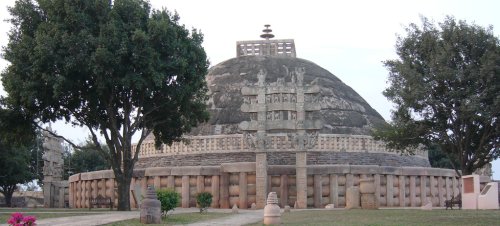The surfer, Steven Kotler, was making his living as a writer, with the perfect apartment and perfect girl friend. Then he got the Lyme disease. On days he could make it to the kitchen from the bed, he would end up standing with a coffee pot in one hand and the tap running not sure what to do next as he had forgotten to do the most basic tasks. He lost his job, woman and his mind and started thinking of suicide. So he decided to do the best thing possible – go surfing in Costa Azul, Mexico and to his surprise he started feeling better.
In the book, West of Jesus: Surfing, Science, and the Origins of Belief Steven wondered why he got better. Another book, Train Your Mind, Change Your Brain
Steven wondered why he got better. Another book, Train Your Mind, Change Your Brain , explains the science and it has something to do with neurogenesis.
, explains the science and it has something to do with neurogenesis.
While it was known that our skin, liver and bones constantly regenerate, it was believed that neurons could not. Ramon y Cajal, considered one of the founders of neuroscience and a Nobel Prize winner wrote in 1913, “In the adult centers, the nerve paths are something fixed, ended, and immutable. Everything may die, nothing may be regenerated. It is for the science of the future to change, if possible, this harsh decree.”
The science of the future did not have to do anything to change this since the assumption itself was incorrect, but Cajal’s theory was held as dogma till 1962 when a scientist at MIT, Joseph Altman, decided to challenge it. Altman found that brains of adult rats, cats and guinea pigs generated new neurons. Later experiments by Michael Kaplan on the brains of adult rats, Fernando Nottebohm in bird brains and Elizabeth Gould in primates confirmed this theory.
The scientific community still did not accept that human brains could create new neurons but soon that Berlin wall too crumbled. Fred Gage and Swedish neurologist Peter Eriksson found through experiments conducted on the brains of terminal cancer patients that neurogenesis happened in humans; new neurons were born even in people who were in their fifties and seventies. The discovery that these new neurons matured and became part of the brain circuitry with new connections overturned conventional wisdom.
Researchers focused on finding the optimal conditions for neurogenesis by comparing the brains of mice with sedentary life style with physically active ones. Not surprisingly they found that ones which were physically active produced twice as many cells in their hippocampus than the armchair quarterbacks. Also observed was that it was voluntary exercise that produced brain cells and not coerced ones. This means that if your take a TV watching Google Reader addict and tie him on a treadmill his brain will remain unchanged whereas if he voluntarily registers for Ekal Marathon, there could be a burst in neurogenesis.
These new neurons were found to colligate in the dentate gyrus, a part in the hippocampus which forms distinct representations of multiple contexts, places and episodes. These neurons were also found to have more dendrites making it better connected and as a result enhanced the ability to connect new facts with old, retrieve memories and find patterns in disparate events.
Finally it was found that in people suffering from depression, the dentate gyrus had shrunk; such people were not able to find any novelty in life resulting in the philosophy, “Life sucks.” With exercise and the resulting neurogenesis the dentate gyrus was able to recognize novelty, recognize new experiences and bring back excitement into life. Consumer Reports advices, “Regular aerobic exercise is another effective antidote. It provides a time-out from unpleasant thoughts, generates feelings of well-being, and reduces depression.”
Exercise is what Steven Kotler did and he survived.
Technorati Tags: neurogenesis
Reference
Train Your Mind, Change Your Brain : How a New Science Reveals Our Extraordinary Potential to Transform Ourselves
: How a New Science Reveals Our Extraordinary Potential to Transform Ourselves

